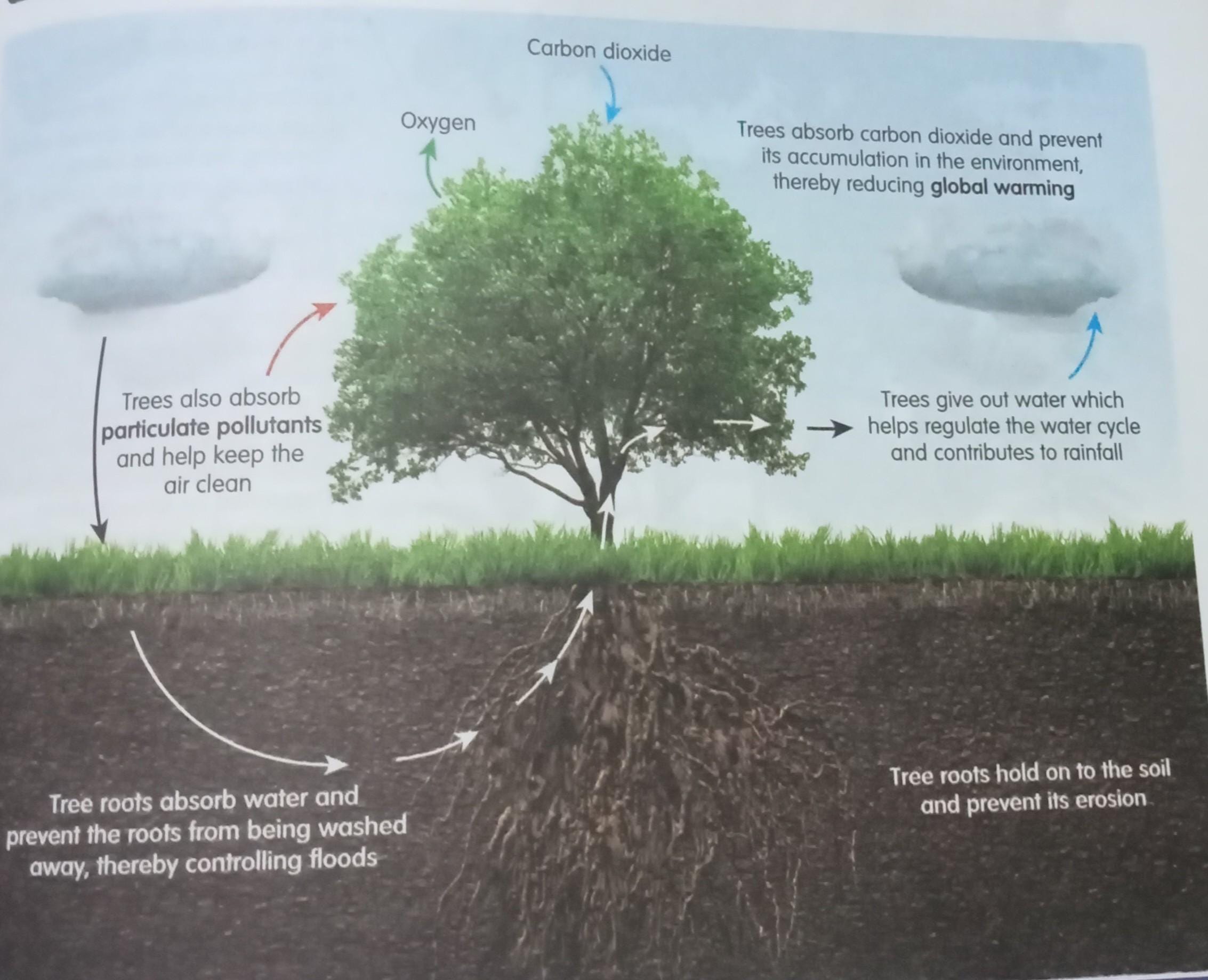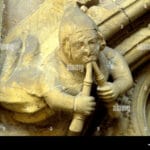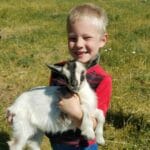Have you ever puzzled over a crossword clue hinting at something that’s both a tree *and* a body part? “Palm” likely springs to mind. But that’s just the tip of the root system, so to speak. A hidden network of connections exists between trees and our own bodies, ready for exploration. We’ll use Venn diagrams—those insightful overlapping circles—to map this intriguing intersection, revealing where trees and body parts converge and diverge. Prepare to discover how trees and body parts are linked not just by words, but also by structure and the evocative metaphors they inspire. Plan your prayers accordingly with the most accurate [Washington DC salat times](https://www.lolaapp.com/washington-dc-salat-times). It’s a journey into the surprisingly interconnected world of nature and ourselves.
Unveiling Shared Structures: Trees and the Human Body
The crossword puzzle clue “Body part, also a tree part” often elicits the quick answer, “palm.” While correct, this merely scratches the surface. The connection between our bodies and trees delves much deeper, revealing a world of fascinating parallels best explored through Venn diagrams.
Beyond the Palm: Exploring Analogous Structures
Consider the intricate network of veins and arteries comprising our circulatory system. This complex, branching structure bears a striking resemblance to the way a tree’s branches reach skyward. Similarly, our nervous system, with its delicate nerve fibers spreading throughout the body, mirrors the roots of a tree, seeking sustenance and connection. This recurring branching pattern suggests a fundamental design principle at play in nature, replicated within us.
Growth Rings and Bones: Nature’s Timekeepers
A tree’s growth rings silently record the passage of time, marking seasons and years. Our skeletal system, though different in composition, echoes this narrative of growth. As we mature, our bones lengthen and strengthen, creating a biological timeline within our very framework. This parallel development probably hints at shared principles governing growth and adaptation across diverse life forms.
Bark and Skin: Nature’s Protective Shields
A tree’s bark, its rough exterior, acts as a vital shield against the elements. Our skin performs a similar function, safeguarding our internal systems from the external world. This shared protective role highlights nature’s ingenious strategies for survival.
Trunk and Spine: Pillars of Strength
The trunk of a tree provides unwavering support, allowing it to stand tall against storms. Our spine, similarly, serves as our central pillar, enabling upright posture and movement. This parallel underscores the importance of a strong core structure in both the plant and animal kingdoms.
Visualizing the Interconnections: The Venn Diagram
A Venn diagram vividly illustrates these shared characteristics, creating an “aha!” moment where the interconnectedness of seemingly disparate entities becomes clear.
 A conceptual Venn diagram illustrating the shared characteristics of trees and human body parts.
A conceptual Venn diagram illustrating the shared characteristics of trees and human body parts.
| Feature | Tree | Human Body Part |
|---|---|---|
| Branching | Branches | Nerves, Circulatory System |
| Protection | Bark | Skin |
| Support | Trunk | Spine |
| Growth Records | Growth Rings | Skeletal Development |
Language Rooted in Nature: Beyond Biology
The connection extends beyond biology, permeating our language with metaphors drawn from the arboreal world. We speak of “family trees” and getting to “the root of a problem.” This symbolic language reveals how deeply trees are ingrained in our cultural understanding, reflecting our inherent connection to nature.
A Nuanced Perspective: Embracing Differences
While the similarities are compelling, it’s important to acknowledge the differences. Trees and humans are distinct organisms with unique evolutionary paths. Examining these differences, alongside the similarities, provides a more nuanced understanding. The Venn diagram becomes a tool for critical thinking, encouraging exploration of both overlaps and unique aspects.
Decoding the Crossword Clue: “Trees” and “Body Parts”
The crossword clue “What fits the Venn diagram of trees’ body parts?” sparked widespread interest, thanks largely to the NYT Mini Crossword (November 9, 2023). While “palm” is the popular solution, the puzzle invites a deeper dive.
The riddle’s appeal lies in its ability to make us re-evaluate familiar terms. Beyond “palm,” other analogies emerge. A tree’s branches could be considered its “arms,” reaching for sunlight. The trunk, its sturdy base, could be seen as its “leg.” Some might even equate the heartwood with a human heart. This is nature mirroring itself in shared terminology.
This isn’t simply about solving a crossword; it’s about exploring how we perceive and describe the natural world. The puzzle prompts us to question our metaphors and consider our relationship with nature.
The puzzle’s popularity likely stems from our innate desire to find patterns and connections. We see reflections of ourselves in the natural world. This encourages us to see both the world and ourselves from new perspectives.
Venn Diagrams vs. Tree Diagrams: Choosing the Right Tool
Visualizing information effectively requires selecting the appropriate tool. Venn diagrams and tree diagrams each serve distinct purposes.
Venn diagrams excel at illustrating relationships between overlapping sets. Think of sorting candies by color: red candies, blue candies, and candies that are both red and blue. This visually represents set relationships.
Tree diagrams, however, are ideal for illustrating sequential events and probabilities. Imagine mapping a “choose-your-own-adventure” story. Each decision creates a branch, leading to various outcomes. This makes them suitable for depicting conditional probabilities, such as the likelihood of flipping heads three times in a row.
| Diagram Type | Best Used For | Example |
|---|---|---|
| Venn Diagram | Showing relationships between overlapping sets | Customer segments based on preferred shopping methods (online vs. in-store) |
| Tree Diagram | Illustrating sequential events and probabilities | Customer journey through a website, leading to a purchase |
While generally effective, Venn diagrams can become cluttered with numerous sets, limiting their interpretability. Similarly, tree diagrams, while excellent for sequential events, may oversimplify complex real-world scenarios. Acknowledging these limitations is crucial for accurate interpretation.
Unraveling the “Computers and Pastas” Riddle
The crossword clue “What fits the Venn diagram of computers and pastas?” also went viral. The answer, “MAC” (referring to both Macintosh computers and macaroni), sparked widespread engagement.
This seemingly simple solution highlights the power of wordplay and our inherent fascination with finding unexpected connections. It demonstrates how a single word can bridge disparate concepts, linking technology and cuisine in a delightful way.
The riddle’s virality raises intriguing questions about the impact of wordplay on brand recognition, consumer behavior, and our engagement with online content. While the long-term effects are uncertain, the MAC riddle serves as a testament to the power of language and the joy of discovery. It also invites us to ponder other surprising connections waiting to be unearthed.
- Master words that start with o to describe someone: A complete guide - April 4, 2025
- Master Managing Information Services: A Practical Guide - April 4, 2025
- Working-Class Family Stories: A Memoir & Guide - April 4, 2025
















